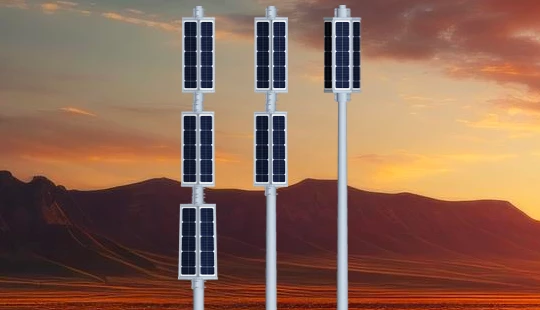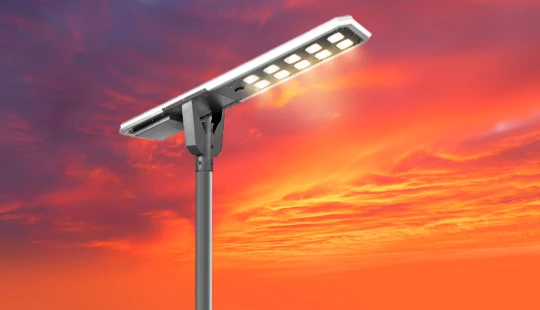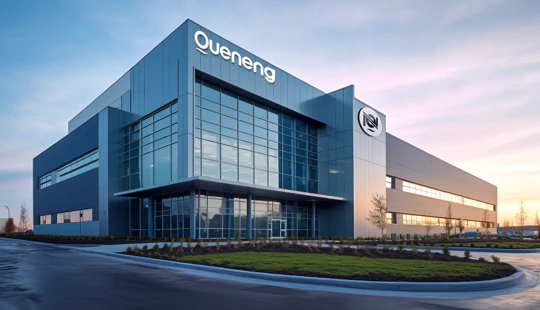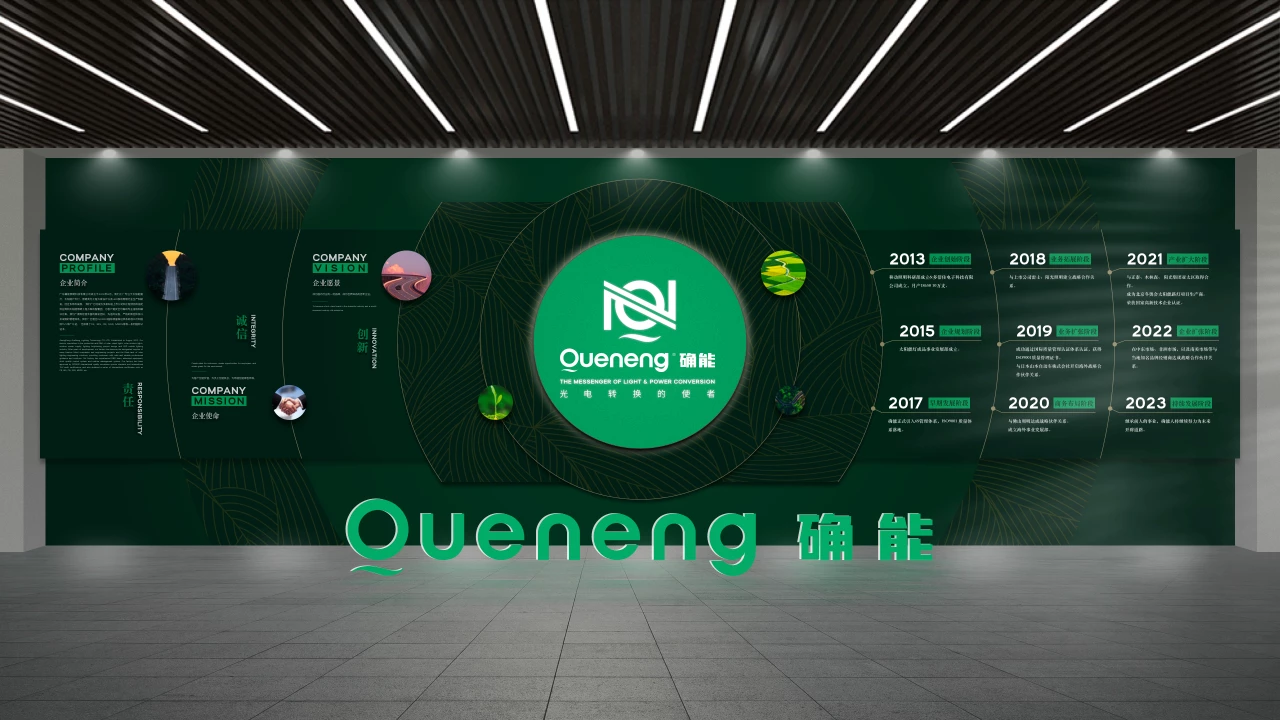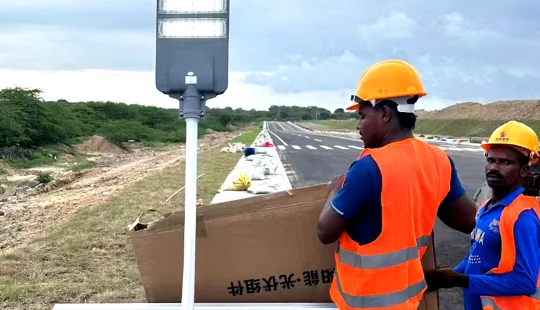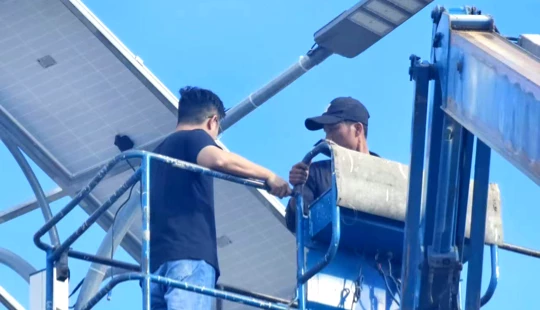Solar Panel Tilt Angle and Latitude: Maximizing Solar Efficiency
Maximize your solar energy harvest! Queneng explores the crucial relationship between solar panel tilt angle and latitude. Learn how optimizing your panel's angle based on your location dramatically improves solar efficiency and energy production. Discover the science behind maximizing your solar investment with Queneng.

Understanding the Relationship Between Solar Panel Tilt Angle and Earth's Latitude
Solar energy systems have become integral to sustainable development, with solar street lights increasingly illuminating our cityscapes. One pivotal aspect that determines the efficiency of these solar-powered systems is the tilt angle of solar panels, which significantly varies according to the latitude of the Earth. This article delves into the relationship between the tilt angle and latitude, exploring implications for the solar industry.
Why Solar Panel Tilt Angle Matters
The tilt angle of solar panels is crucial for maximizing energy absorption. The angle affects how well panels capture sunlight, influencing the potential energy output. If the angle is optimally set, solar lamps and solar street lights can harness more solar energy, reducing reliance on conventional energy sources.
How Latitude Influences Solar Panel Performance
Latitude plays a central role in determining the solar panel tilt angle. As the Earth is a sphere, different regions receive sunlight at varying angles throughout the year. Areas closer to the equator experience more direct sunlight, affecting the required tilt for solar photovoltaic panels to maximize energy capture.
-
Basic Tilt Angle Formula
- Optimal Tilt Angle = Latitude ± 15°
The “± 15°” adjustment can vary based on seasonal changes:
+15° for winter to capture lower-angle sunlight.
-15° for summer to capture higher-angle sunlight. -
General Guidelines
- Equatorial Regions (0° to 15° latitude): Panels should be tilted at an angle close to the latitude, or even horizontally if optimal energy capture is less critical.
Mid-Latitude Regions (15° to 45° latitude): A tilt angle closer to the latitude of your location will provide good year-round performance. Adjust by ±15° seasonally for better results.
High-Latitude Regions (45° to 60° latitude): Tilt angles should be closer to the latitude of the location, with adjustments for seasons being more significant.
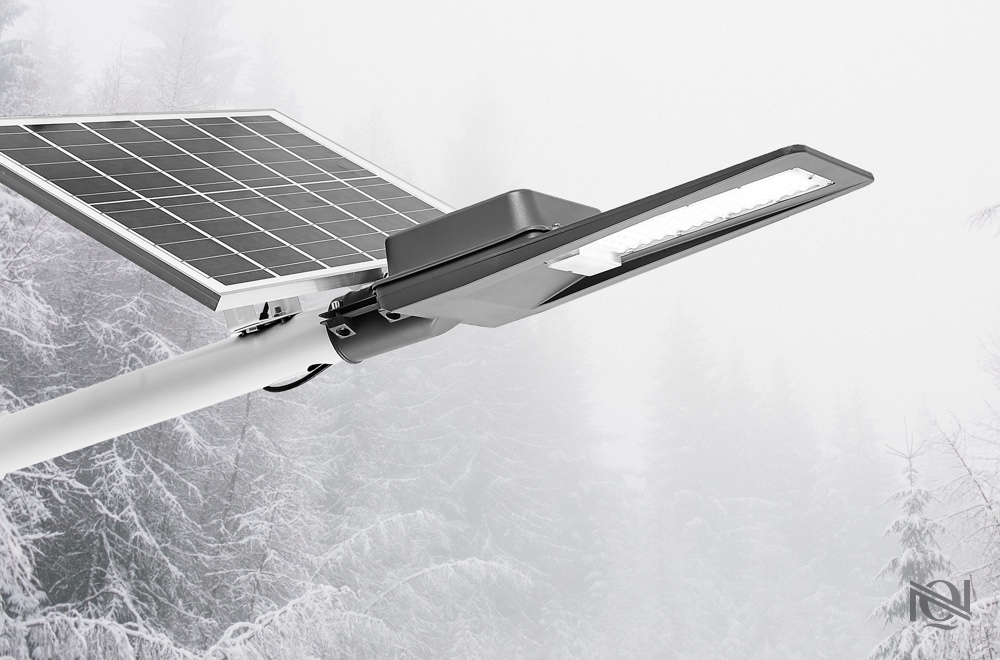
-
Seasonal Adjustments
- Winter: Tilt panels closer to your latitude plus 15° to capture the low-angle sun.
Summer: Tilt panels closer to your latitude minus 15° to capture the high-angle sun.
Spring and Fall: The angle can be set close to your latitude for balanced performance throughout the day. -
Fixed vs. Adjustable Mounts
- Fixed Mounts: Set the tilt angle according to the average latitude of your location or the most common seasonal angle.
Adjustable Mounts: Allow you to change the angle seasonally to maximize solar gain throughout the year. -
Considerations Beyond Tilt
- Orientation: Solar panels should ideally face true south in the northern hemisphere or true north in the southern hemisphere to capture maximum sunlight.
Shading: Ensure there’s no shading from trees, buildings, or other obstructions, as shading can significantly reduce solar panel efficiency.
Local Climate: Areas with frequent cloud cover or rainy conditions might benefit from different tilt angles or additional solar panels to compensate for lower sunlight availability. -
Additional Tips
- Use a Solar Calculator: Online tools can help determine the optimal tilt angle for your specific location and conditions.
Consult Local Experts: For precise installations and adjustments, local solar professionals can provide tailored recommendations based on local weather patterns and solar irradiance data.
FAQs
1. Why is the tilt angle important for solar panels?
The tilt angle maximizes sunlight absorption, enhancing energy efficiency.
2. How does latitude affect the solar panel tilt angle?
Latitude influences the sun's angle, thus affecting the panel's required tilt for optimal energy capture.
3. Can solar panels be adjusted seasonally?
Yes, adjusting panels per season can enhance efficiency by aligning with the sun's trajectory changes.
4. What are some innovative solar solutions available?
We offer solar street lights, spotlights, and more, catering to diverse environmental conditions.
5. Are your solar products certified for quality?
Innovative Solutions from the Solar Industry
The solar industry continuously innovates to improve efficiency. Our factory specializes in the production and research of diverse solar lighting solutions. With an ISO9001 and TUV audit certification, our products are recognized for quality and reliability.
Ensuring that products meet international standards is vital. Queneng's solar panel and lighting solutions come certified with CE, ROHS, UL, and various other recognitions. Meeting IP65, IP66, IP67 specifications, our products are built to withstand diverse environmental conditions.
Conclusion
Understanding the relationship between solar panel tilt angles and Earth's latitude is crucial for optimizing solar energy capture. With advancements in solar street lighting, our factory continues to pioneer in producing sophisticated, efficient, and certified solar solutions for a sustainable future.

Have more questions about our products or services?
The latest hot news you might like

Discover how solar panels power street lights, exploring the technology behind solar energy conversion, storage systems, and how solar-powered street lights are revolutionizing urban and rural lighting solutions.

Learn how AC Solar Hybrid Street Lights work, their advantages, disadvantages, system behavior in low-sunlight conditions, and why hybrid technology is ideal for regions with unstable sunlight.

Municipalities around the world are increasingly adopting solar-powered streetlights as part of their urban development strategies. Rising energy costs, the need for sustainable infrastructure, and government green initiatives are driving cities to switch from traditional street lighting to advanced LED solar streetlights.
Queneng Lighting provides municipalities with cost-effective, energy-efficient, and durable solar lighting solutions, ensuring safe and sustainable public spaces.
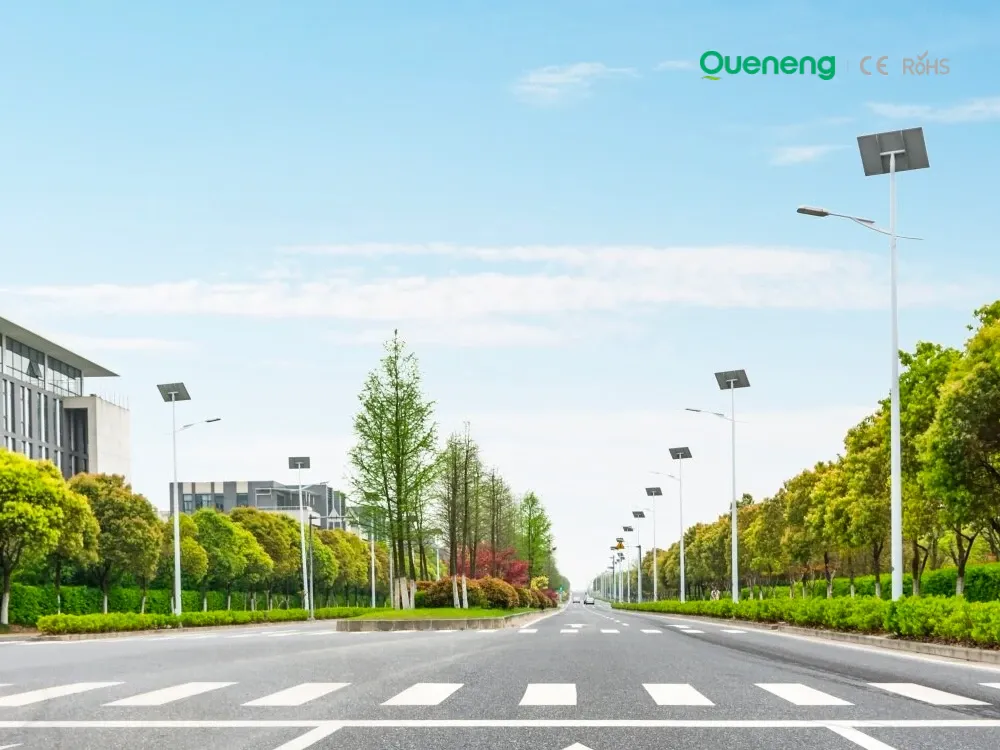
In recent years, the purchase of solar streetlights for municipalities has become a growing trend across the globe. Local governments are under pressure to reduce public expenditure, promote green energy, and create safer communities. Solar streetlights provide a reliable, cost-effective, and sustainable solution that meets these needs. Queneng Lighting, as a leading solar street lighting manufacturer, has supported multiple municipal projects worldwide with customized and energy-efficient solutions.
FAQ
Transportation and Highways
Can the brightness be adjusted for different traffic conditions?
Yes, smart controls enable brightness adjustment based on traffic density.
Tourist Attractions and Resorts
How do solar lights perform in areas with limited sunlight?
Solar lights are designed to work efficiently even in areas with limited sunlight. Modern solar technology uses high-quality solar panels that can store energy even in cloudy or overcast conditions.
Battery Performance and Testing
What is the standard charge retention test?
After the battery is discharged to 1.0V at 0.2C, it is charged at 0.1C for 16 hours, stored at a temperature of 20℃±5℃ and a humidity of 65%±20% for 28 days, and then discharged to 1.0V at 0.2C. NiMH batteries should last longer than 3 hours.
The national standard stipulates that the standard charge retention test of lithium batteries is: (IEC has no relevant standards) The battery is discharged to 3.0/unit at 0.2C, and then charged to 4.2V at 1C constant current and constant voltage, with a cut-off current of 10mA, at a temperature of 20 ℃±5℃, after 28 days of storage, discharge at 0.2C to 2.75V, calculate the discharge capacity, and compare it with the battery's nominal capacity, it should not be less than 85% of the initial capacity.
What is high temperature and high humidity test?
After the battery is fully charged, store it under certain temperature and humidity conditions for several days. During the storage process, observe whether there is any leakage.
The high temperature and humidity test for lithium batteries is: (national standard)
Charge the battery with 1C constant current and constant voltage to 4.2V, with a cut-off current of 10mA, and then put it in a constant temperature and humidity box at (40±2)℃ and a relative humidity of 90%-95%. After leaving it for 48h, take the battery out and put it in (20 Leave it aside for 2 hours at ±5)°C. Observe that there should be no abnormality in the appearance of the battery. Then discharge it to 2.75V at a constant current of 1C, and then perform a 1C charge and 1C discharge cycle at (20±5)°C until the discharge capacity Not less than 85% of the initial capacity, but the number of cycles should not be more than 3 times.
Solar Street Light Luxian
Are Luxian solar street lights suitable for installation in remote locations?
Yes, Luxian solar street lights are ideal for remote or off-grid locations, as they operate entirely on solar power and do not require any connection to the electrical grid. They are perfect for rural roads, pathways, parks, or other outdoor spaces that lack access to traditional power sources.
APMS system
How does the dual-system management mode in the APMS system work?
The APMS system uses intelligent algorithms to automatically charge during the day and discharge at night. The dual-system management mode monitors battery status in real-time and adjusts the charge/discharge mode to ensure optimal efficiency under any condition.


Queneng's Luzhou Solar Street Light provides sustainable, energy-efficient outdoor LED lighting. Powered by solar energy, it's a cost-effective and eco-friendly solution for illuminating streets and pathways. A reliable and durable LED solar street light.

Experience reliable outdoor illumination with our smart solar street light, a perfect combination of advanced technology and eco-conscious design.

Queneng's Luqiu Innovative Solar Street Light offers energy-saving, durable outdoor lighting. This solar power street light provides a reliable and eco-friendly solution for illuminating your streets and pathways.

Queneng's Luxian Reliable Solar Street Light offers energy-saving LED lighting for outdoor use. This durable, solar-powered street light provides reliable illumination, reducing energy costs and environmental impact. A perfect solution for sustainable outdoor lighting.

If you would like more information about Queneng solar lighting solutions, please send us a message by filling out the form below. Our professional team will get back to you within 24 hours!
Rest assured that your privacy is important to us, and all information provided will be handled with the utmost confidentiality.
Schedule a Meeting

Book a date and time that is convenient for you and conduct the session in advance.
Have more questions about our products or services?

